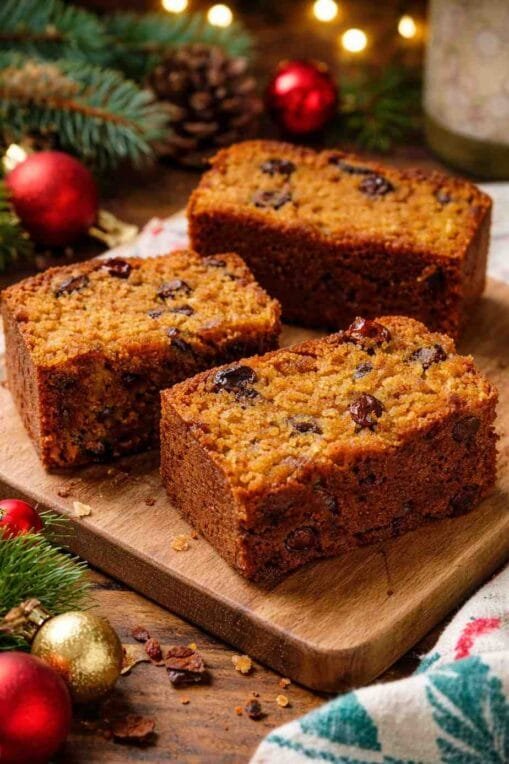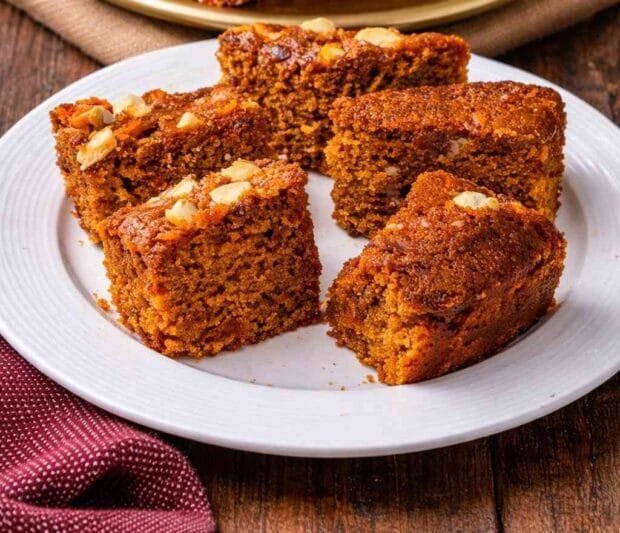Defrosting of Food – A Friendly Kitchen Guide to Safe, Tasty and Ready-to-Cook Ingredients
If you cook for a family, pack tiffins, or plan meals ahead, you already know how often we pull something out of the freezer and hope it thaws quickly. Defrosting may look like a small step, but it decides how your food tastes, feels, and how safe it is to eat. Whether it is meat for a weekend curry, vegetables for a quick stir-fry, seafood for dinner, or bread for breakfast toast, proper defrosting keeps food fresh-tasting and safe.
Defrosting simply means bringing frozen food back to a temperature where it can be cooked or eaten safely. Frozen food is stored at low temperatures to prevent spoilage, but once it starts warming up, bacteria can grow if we are not careful. Good thawing helps maintain flavour, keeps the texture pleasant, and saves cooking time on busy evenings when everyone is hungry.
Freezing forms ice crystals inside food, slowing down spoilage but sometimes affecting texture. Meat may lose moisture, poultry may become less tender, vegetables can soften, fruits may turn mushy, and baked goods may taste soggy. The aim of defrosting properly is to reduce these effects and bring food closer to its natural state.
The Most Reliable Defrosting Methods
Refrigerator defrosting is the safest method because food stays cold while thawing slowly. Place frozen food in a sealed container, set it on a plate to catch drips, and allow it to thaw gradually. It works for meat, poultry, seafood, vegetables, fruits, and baked goods. Larger items take longer, so planning ahead helps. It preserves quality and prevents bacterial growth, though it is not ideal for last-minute cooking.
Cold water defrosting works when you need food thawed faster. Seal the food in a waterproof bag, submerge it in cold water, and change the water every thirty minutes to keep it chilled. It suits smaller portions of meat, poultry, and seafood. It is safe when monitored but requires more attention.
Microwave defrosting is the quickest option and perfect for sudden cooking plans. Use the defrost setting, place the food on a microwave-safe dish, and thaw in short intervals, rotating to prevent partial cooking. Once thawed, cook immediately. It is convenient, though not suitable for delicate items.
Some foods can be cooked directly from frozen. Small cuts of meat, seafood fillets, peas, corn, and many vegetables handle this well. Allow extra cooking time and ensure the food reaches a safe internal temperature. It is helpful for busy routines but not great for large cuts or marinated dishes.
Defrosting Meat, Poultry and Seafood
Meat and poultry need special care because they are more prone to bacterial growth. Refrigerator thawing is safest for large cuts, while cold water works for smaller ones. Microwave thawing is fine if you cook right away. Do not refreeze once fully thawed. Seafood is delicate, so avoid warm water. Use cold water or refrigerator thawing, or cook thin fillets directly from frozen.
Defrosting Vegetables, Fruits and Baked Goods
Vegetables can thaw in the refrigerator or be cooked from frozen, especially for stir-fries, curries or soups. Avoid microwaving vegetables when possible, as texture and nutrients may suffer. Fruits can thaw in the refrigerator or for short periods at room temperature, or be used frozen in smoothies and sauces. Baked goods like bread and pastries thaw well at room temperature or can be refreshed in the oven. Cakes and delicate desserts thaw best in the refrigerator.
Food Safety While Defrosting
Bacteria grow quickly between 4°C and 60°C, known as the danger zone. So avoid thawing food on the counter for long periods. Keep hands, surfaces and utensils clean. Prevent cross-contamination. Ensure refrigerators stay below 4°C. Cook thawed food promptly. A food thermometer helps confirm safe cooking temperatures.
Extra Tips for Easier Thawing
Marinate meat while thawing to boost flavour. Pat away surface ice for better browning. Save juices from thawed fruits for sauces or desserts. Label frozen food with dates to use older items first. Freeze smaller portions for quicker thawing and easier meal prep. Vacuum sealing preserves freshness and speeds thawing.
A Simple Step That Makes Cooking Better
Defrosting is more than a technical step. It supports taste, safety and smooth kitchen routines. With the right thawing method for the right food, you can cook meals that feel homely, wholesome and family-friendly. Whether preparing weekday lunches, relaxed weekend dinners, or nourishing meals for guests, mastering defrosting helps bring better flavour and confidence to everyday cooking.






